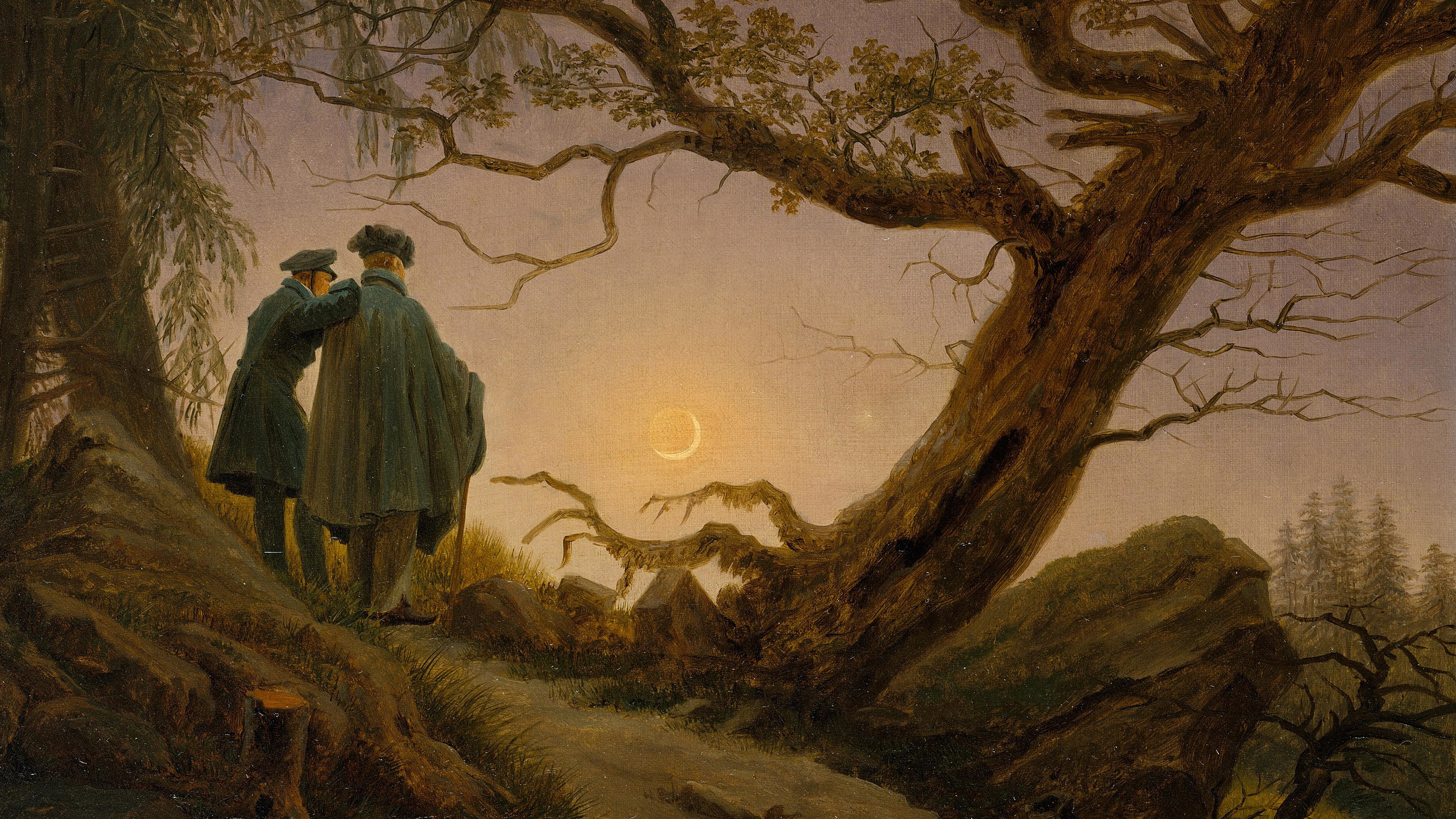The trajectory of a group of humans that was confronted to the power of the Otherworld.
The origins
A Seer, Aéd, has visions that guides to group of men (Celts) to invade Ireland. With a secret metallurgic technique of intertwined metals, soldiers travel to an Otherworld and seize the God’s source power, a Core. Shortly after the victory the leader of the soldiers, Taran, is pressing Aéd to guide him on how to use that power for himself. But Aéd steals the artefact and disappears.
Since then, Taran swears his few remaining men, the ones that crossed to the Otherworld with him, to secrecy. He abandons his position as chief and instead, tasks his men on retrieving information throughout Ireland about Balor and the Otherworld — and hide it from others, at any cost.
After fifteen years of research, Taran understands that the way to the Otherworld is shut in Ireland. He decides to spread. He and his group begin travelling to Britain and Europe with the goal of looking for more information on the true Gods.
His men find the God Elchor in Britain. On the day the local worshippers do, they cross to the Otherworld but do never come back.
Taran shapes the mission of the Society: under his orders, signs of Elchor are erased, and local customs change rapidly under his unseen influence.
He decides to spread this approach to the rest of the known world. He nominates a new leader shortly before his death. This origin story is told partially in Fraude Videntis Aéd (the treachery of the seer Aéd).
For centuries the group keeps existing in secret, meeting regularly and communicating in secret. They weather the changes in population and blend with invading groups by selecting new members from those new origins. They try to stand aside from human politics, considering their mission above it — yet they have their own internal struggles.
Antiquity
The Society managed to spread through antiquity to Greece, Egypt, Persia and India. Their members were never the rulers but generally managed to be part of the ruling system and sometimes the local nobility when possible, a few generations after being absorbed in the local society.
They continued their task of acquiring knowledge but by then no trace of the Gods had been seen for centuries. They collected objects, testimonies, traces of Corrosion, and erased traces of the Otherworld that others could have found.
With the emergence of writing systems they began a careful writing of their own history and traced their discoveries and theories.
Main studies/discoveries: the strange power of the intertwined metals against the Corrosion. Test of weapons made of it, used in select assassinations. The amount and shaping of the metals is defined.
Middle Ages/Renaissance
During Medieval times the Society spread to most of Africa, as well as Asia, including Mongolia and China.
This period saw more internal tensions with several schism prevented through blood along the centuries. Savants pushed slowly the development of techniques surrounding the use of Corrosion. With the unrest in Europe and the destruction of several important secret libraries, the Society decided to find a hidden area where they could store and centralise most of their finds. They discovered the Settlement in southern Libya and used it as their headquarters.
With the discovery of the Americas, teams of Society’s members travelled there as priests or soldiers, with the secret task to retrieve history, hide any traces of the Otherworld, and ideally find access for themselves — in that last part they failed.
Main studies/discoveries: Alchemists studied the Corrosion more in depth and tried to change its form, purify it for safe usage and to unlock its power. The result was the process of purification through extreme and controlled heat that cleans Corrosion partially, and makes small portions of it relatively safe to use.
For centuries experimentation goes on with corrosion and its refined form, leading to some progress on understanding the substance. Elevated and Imbued come from that time. Elevated are transitionally women, and the Elevated Mother becomes a position given to the most powerful Elevated of its generation.
Nineteenth Century
With the appearance of an interest for archaeology the Society began to be as involved as possible in anticipating potential discoveries. Because many digs were of very limited crews, the Society struggled to be part of them, but managed to find and destroy evidence, particularly in Egypt and Persia.
The advancement of technology, and the spread of European colonisation, facilitated communication of the Society’s local chapters. Their more influential members were part of the nobility or the elite of European countries and asserted their influence to serve the Society’s purposes.
The craze of occult was used by the Society as a decoy to focus public interest away from anything related to the Otherworld.
Twentieth Century
The Society’s reach grew even further in the first half of the century, especially with expeditions in Central and South America. The Society had a non-political presence in almost all corners of the world, and managed to shape the attention of archaeologists and politicians away from areas of real, Otherworldly interest. They also had an influence on Occult interests such as the Thule society in Nazi Germany, making sure their research stayed away from potential real finds.
